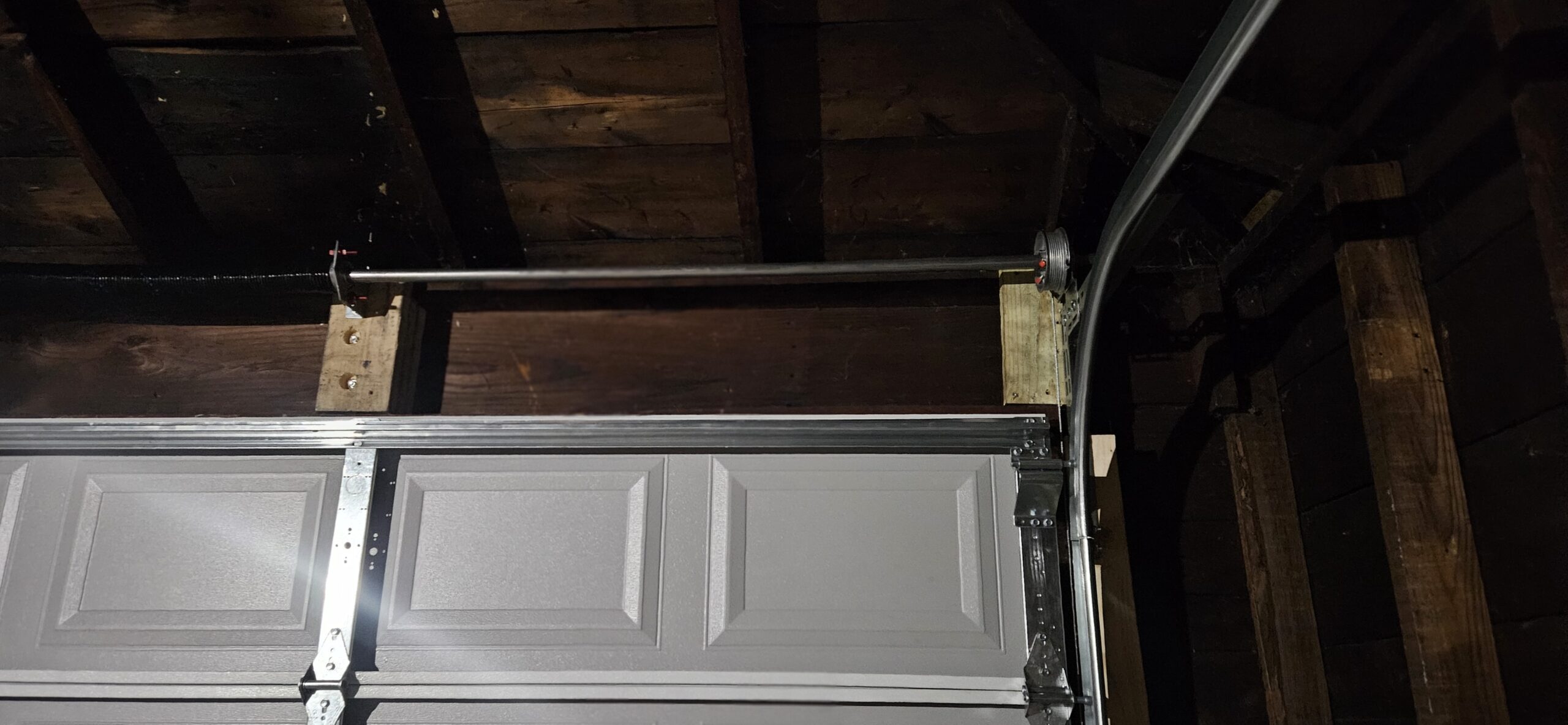Introduction
Garage door rollers serve as essential components for garage door systems but frequently receive insufficient attention. Garage door rollers enable smooth functioning while decreasing noise levels and extending the lifespan of your garage door. Both homeowners and business owners can avoid unnecessary expenses and time-consuming repairs by gaining knowledge about garage door rollers. This guide explains different garage door rollers, their common problems, maintenance advice, and how to select suitable rollers for your requirements.
Understanding Garage Door Rollers
Your garage door features small wheels called rollers mounted along its sides which enable smooth movement within the tracks. The proper operation of your garage door system depends on functioning rollers. The continual use of rollers can lead to their wear and damage which causes operational problems.
Types of Garage Door Rollers
Different garage door rollers exist to serve specific purposes in various applications.
Type 1 – Nylon Rollers
Residential garage doors benefit from nylon rollers because of their lightweight nature and quiet operation. These rollers do not rust easily and need little upkeep.
Type 2 – Steel Rollers
Commercial environments frequently utilize steel rollers because of their durability. Steel rollers support heavier doors yet they tend to create more noise as they age.
Type 3 – Composite Rollers
Composite rollers offer the strengths of both nylon and steel rollers. Their strength and quiet operation combined with wear resistance make these rollers ideal for use in both residential and commercial applications.
Common Issues with Garage Door Rollers
Even the best rollers can encounter problems. Here are some common issues:
Issue 1 – Worn-Out Rollers
As rollers experience wear over time they lead to irregular door movement and loud operation sounds.
Issue 2 – Misaligned Tracks
The door will not function properly if the rollers are positioned incorrectly within the tracks leading to jamming or incomplete opening.
Signs That You Need Professional Help
- Loud grinding or squeaking noises
- Difficulty opening or closing the door
- Visible wear or damage to the rollers
Step-by-Step Guide to Garage Door Rollers
Replacing the garage door rollers remains an uncomplicated process. Follow these steps:
Step 1 – Inspect the Rollers
Begin your inspection by checking the rollers for any signs of wear as well as cracks or other damage indicators.
Important Considerations for Step 1
- Inspect the garage door only after you have closed it completely.
- Use a flashlight to check hard-to-see areas.
Step 2 – Replace Damaged Rollers
When issues arise during inspection replace the rollers with new ones that fit your door’s specifications.
Following these steps will help you achieve optimal results in Step 2.
- Use high-quality rollers for better performance.
- Applying lubricant to new rollers before installation can help reduce friction.
Benefits of Garage Door Rollers
The purchase of premium garage door rollers brings multiple advantages.
Benefit 1 – Enhanced Security
When garage door rollers operate smoothly they enable your garage door to close securely which safeguards your home or business.
Benefit 2 – Improved Durability
High-quality rollers minimize damage to other system parts and increase your garage door’s longevity.
Choosing the Right Garage Door Rollers
Your specific needs determine the choice of appropriate garage door rollers.
Factors to Consider
Experience and Certifications
Select certified technicians from reputable service providers to handle installation or repair work.
Customer Reviews and Reputation
Look through customer feedback to verify the reliability of the company you choose.
Pricing and Service Guarantees
Evaluate pricing options and seek service guarantees to achieve optimal value.
Cost Breakdown for Garage Door Rollers
Knowing the expenses involved will enable you to manage your budget better.
Cost Factor 1 – Materials & Parts
Investing in high-quality rollers involves higher initial expenses but leads to savings throughout their life span.
Cost Factor 2 – Labor and Installation Fees
Professional installation ensures proper alignment and functionality.
DIY vs. Professional Installation: Which is Better?
Professional installation provides assured performance and safety which cannot be matched by DIY cost-saving approaches.
Maintenance & Long-Term Care for Garage Door Rollers
Consistent maintenance ensures your garage door rollers function at their best.
Regular Maintenance Tips
Cleaning and Lubrication
Maintain optimal roller function by cleaning them together with their tracks and using lubricant to minimize friction.
Checking for Wear and Tear
Perform a biannual inspection of rollers to identify any damage.
Seasonal Adjustments
Rollers require adjustment to function properly during temperature fluctuations.
When to Schedule Professional Inspections
Annual professional inspections can help detect potential problems before they become serious issues.
Conclusion
The functionality of your garage door relies heavily on the performance of its rollers. Having knowledge about different types of rollers along with common issues and maintenance advice helps you keep your garage door working properly and protected. If you encounter any issues, immediately seek help from a professional.
**Call to Action: Looking to improve or fix your garage door rollers? Reach out to a reputable garage door service company today to schedule a consultation!
Frequently Asked Questions (FAQs)
Question 1 – How much does it cost to replace garage door rollers?
The cost typically ranges from 100to100to300, depending on the type of rollers and labor fees.
Question 2 – How long does it take to replace garage door rollers?
Replacement usually takes 1-2 hours, depending on the complexity of the job.
Question 3 – Do I need a professional or can I DIY?
While DIY is possible, professional installation ensures safety and optimal performance.

